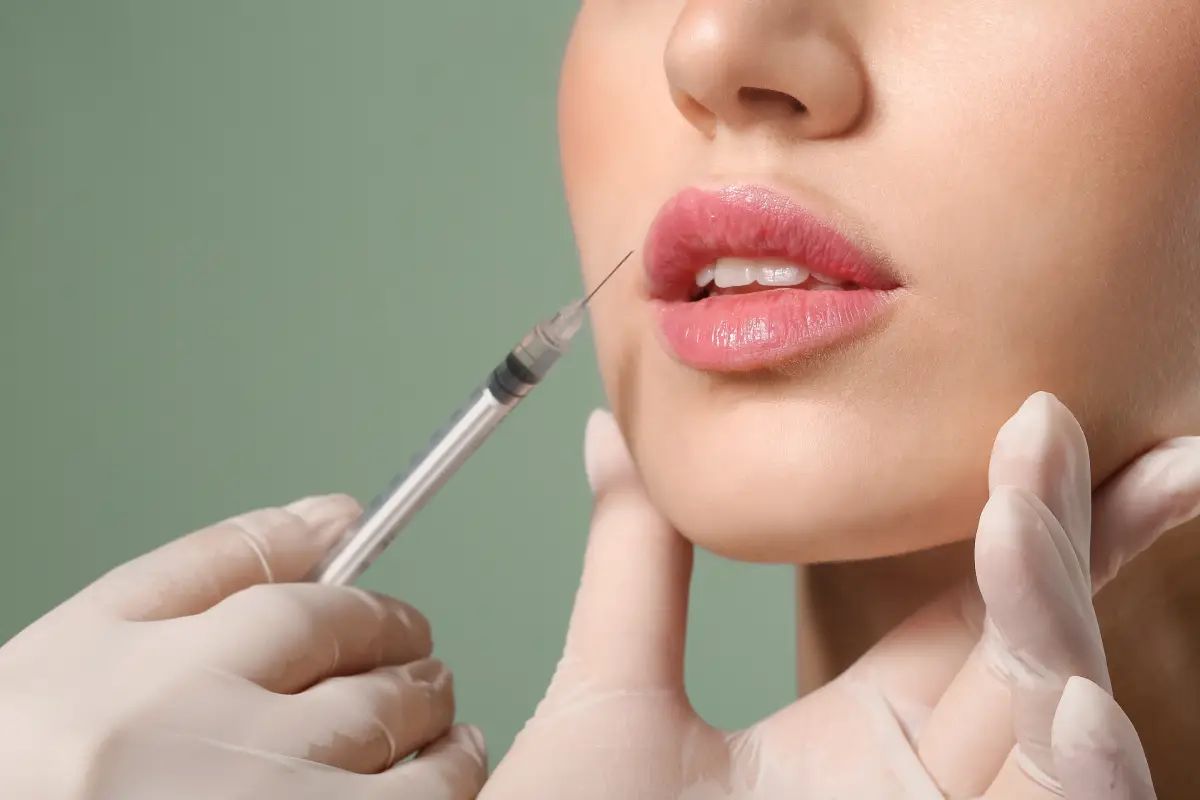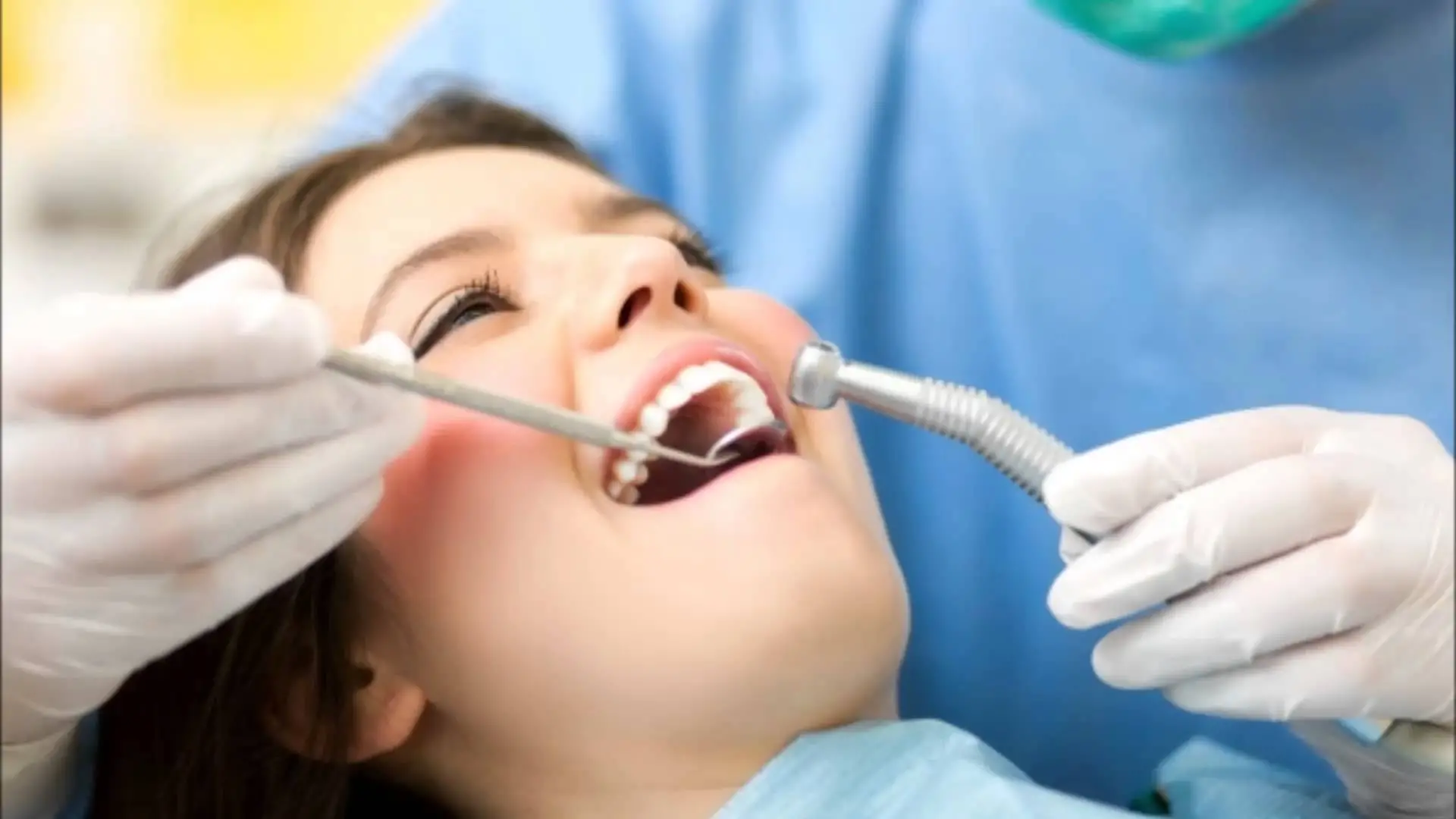Lip injections have grown in popularity over the years, becoming a widely sought-after cosmetic procedure for individuals looking to enhance the fullness and shape of their lips. With a variety of options available, including hyaluronic acid fillers and other advanced materials, many people are turning to these treatments to achieve their desired aesthetic goals. Whether seeking to counteract the natural volume loss that accompanies aging or simply wishing to achieve a more youthful, plump appearance, lip injections offer a customizable solution to suit diverse preferences and needs.
As the demand for lip augmentation continues to rise, it is essential for potential candidates to educate themselves about the procedure, potential risks, and aftercare involved. Understanding the benefits and considerations can help individuals make informed decisions, ensuring a satisfying outcome that aligns with their expectations. In this article, we will explore the various types of lip injections, the process involved, and key factors to consider when contemplating this popular cosmetic enhancement.
Types of Lip Injections
There are several types of lip injections available, each with unique properties and benefits. Hyaluronic acid fillers, such as Juvederm and Restylane, are among the most popular choices due to their natural appearance and reversible nature. These fillers can add volume and hydration, providing a plump look while also allowing for subtle adjustments. Other options include collagen-based fillers and more advanced materials like RHA (Resilient Hyaluronic Acid), which are designed to adapt to the lips’ natural movements for a more seamless integration. For those in search of quality treatments, lip injections Austin TX can be a reliable option, offering personalized consultations to help clients choose the best filler for their desired results.
Aftercare Considerations
Post-procedure care is crucial for ensuring the best possible outcome from lip injections. Patients are often advised to avoid strenuous activities, excessive sun exposure, and makeup application immediately following the treatment. Swelling and bruising are common side effects, but these typically subside within a few days. It’s essential to follow the specific aftercare guidelines provided by the practitioner, which may include the use of cold compresses and avoiding direct pressure on the lips. Maintaining proper hydration and avoiding blood-thinning medications can further enhance recovery and help achieve the desired lip volume and contour.
In conclusion, lip injections present an appealing option for those looking to enhance their facial features, offering a variety of choices tailored to individual needs and aesthetics. As with any cosmetic procedure, informed decision-making is key; prospective patients should thoroughly research their options and consult with qualified professionals to ensure safety and satisfaction. By understanding the types of fillers available, adhering to aftercare recommendations, and managing expectations, individuals can achieve beautiful, natural-looking results that enhance their confidence and complement their unique beauty. Ultimately, lip injections can be a transformative experience, but like all cosmetic enhancements, they should be approached with care and consideration for personal goals and well-being.









